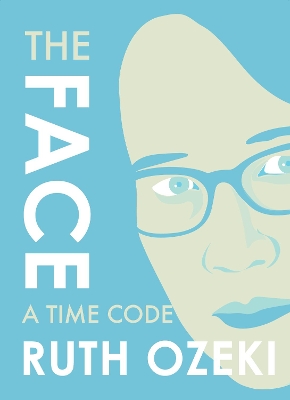Reviewed by brokentune on
Ruth Ozeki's latest publication is a rather short but poignant experiment in meditation based on an experiment: to look at her face for a full three hours. The experiment was inspired by an essay she read on the pedagogical benefits of immersive attention (by Jennifer L. Roberts, a professor of art history and architecture at Harvard).
The original concept of the experiment was to task students to go to a museum and spend three hours looking at an object or piece of art and making a detailed record of the observations, questions, and speculations that arise over that time.
"My face is not a work of art, but neither is it ready for the charnel ground, yet. Meditating upon it for three hours, however painful, is not quite equivalent to what the Buddha suggests, but then again my goals are more modest. I’m not looking for liberation or enlightenment. I’m just trying to write this essay about my face, and making a time log seemed like a good place to start. And since it is a meditative exercise, I decided to conduct the experiment in front of the small Buddhist altar where I meditate every day. I sat down on my cushion and looked at the mirror where the statue of the Buddha should be, feeling stupid and vaguely transgressive."
Through out these three hours, Ozeki takes us on a journey through her own past, her parents' lives, their relationship, their relationship with other people, changes in time, changes in society, changes in cultural attitudes, as well as through a mix of other aspects of life such as masks, roles, humor, and death.
Needless to say, I liked this a lot. The idea of an author looking at her own face and recording her thoughts while doing this may seem vain or self-important but this is not how this experiment works out. It may have worked out differently if another author had ventured to do this, but if you have ever read one of Ozeki's books, you might agree with me that she strives to create a balance between her (or her MC) and her (or her MC's) surroundings. In a way, her books are themselves studies in awareness of what it is like being in a certain time and place - or several times and places.
Review originally posted on BookLikes.
Reading updates
- Started reading
- 18 July, 2015: Finished reading
- 18 July, 2015: Reviewed
